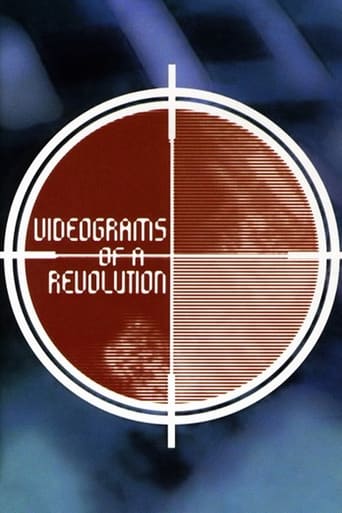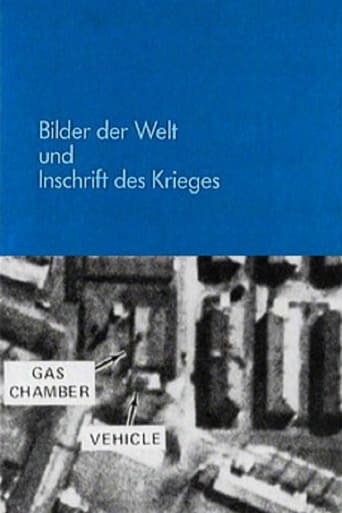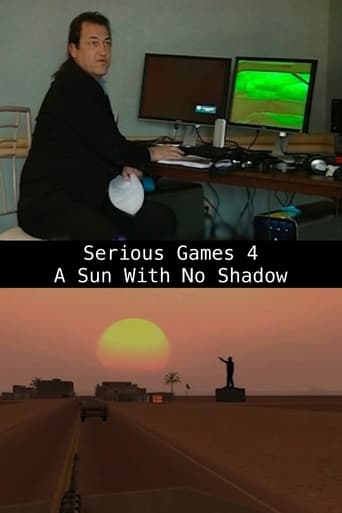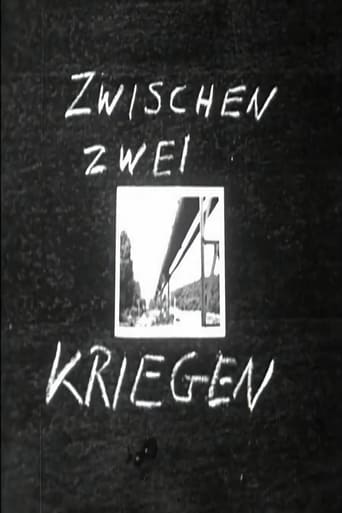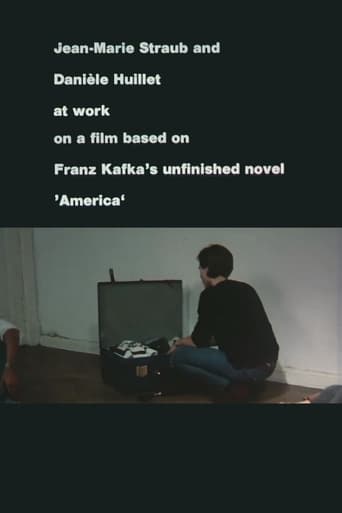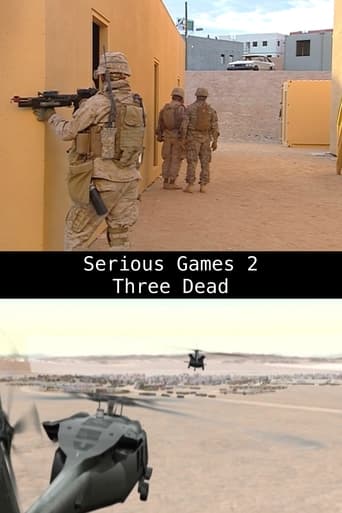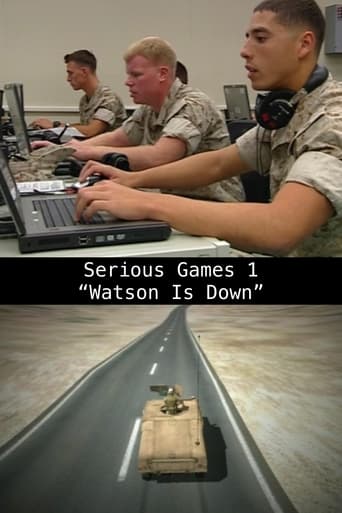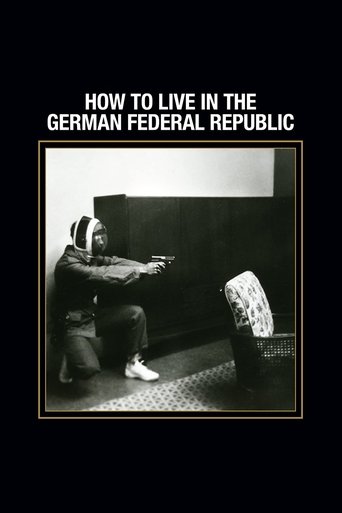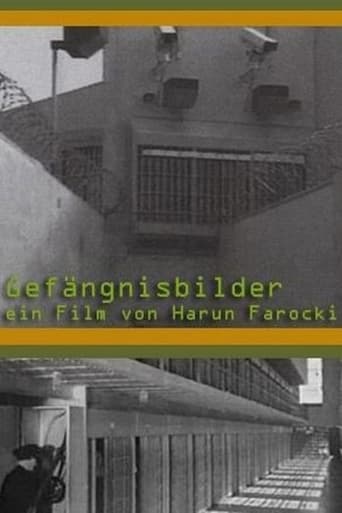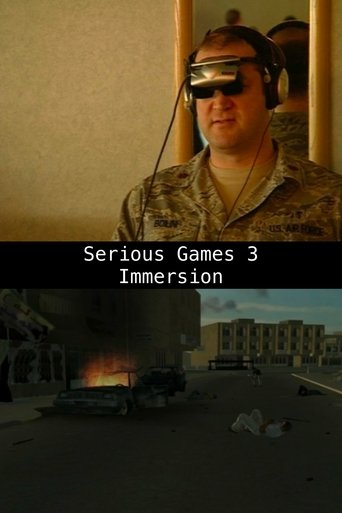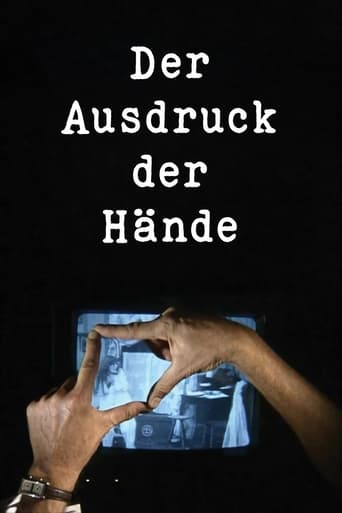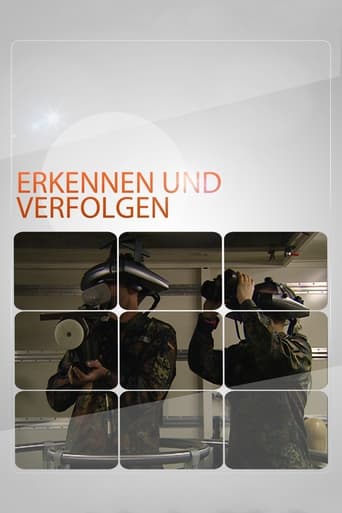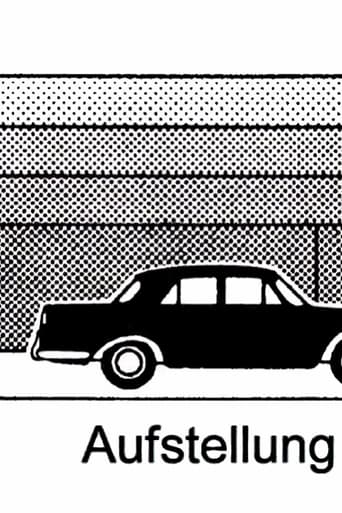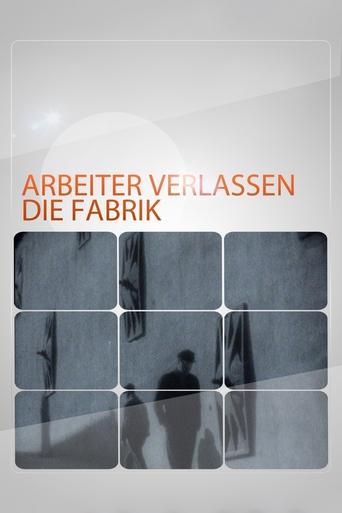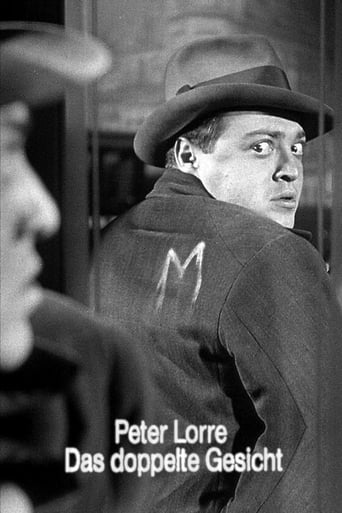The diagrams used to help represent consumer shopping baskets, the pensions deficit or migration are anachronistic, Farocki posits; Whether pictographs or simple bar or pie charts, their abstractions all display an impotence of information. "Examples of diagrams gleaned from newspapers, school text books and official publications are [...] the history of migration in the Federal Republic of Germany. What we are seeking, therefore, is a conceptual critique of the ways in which migration is presented, pursuing the icons and symbols back to their origins and examining them with regard to content they themselves are unaware of." -HF
